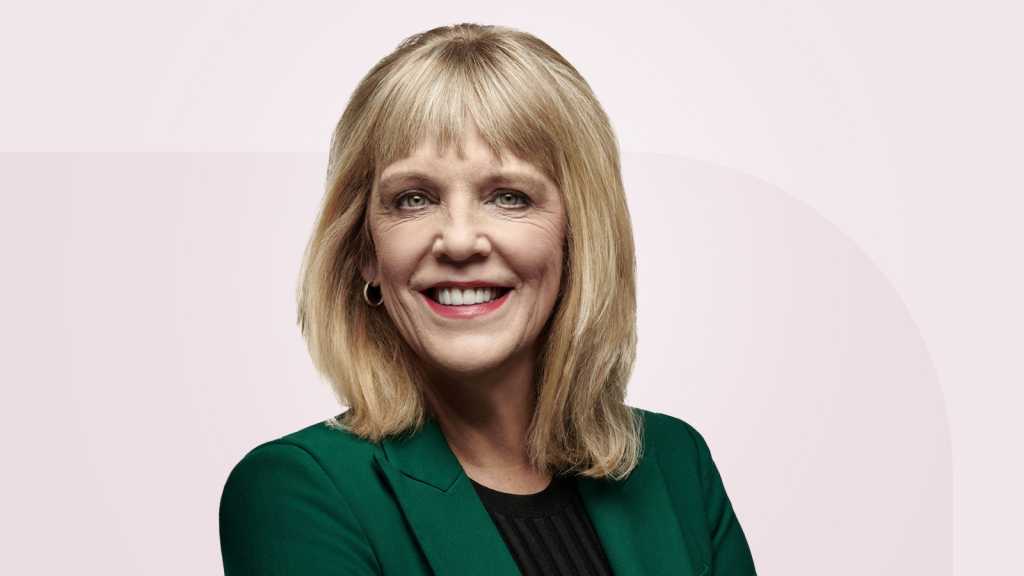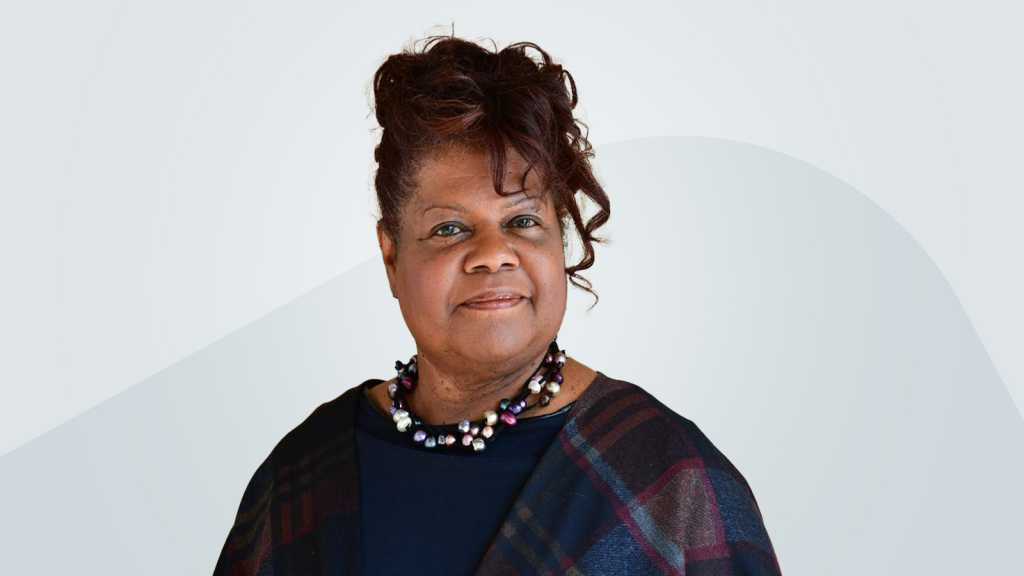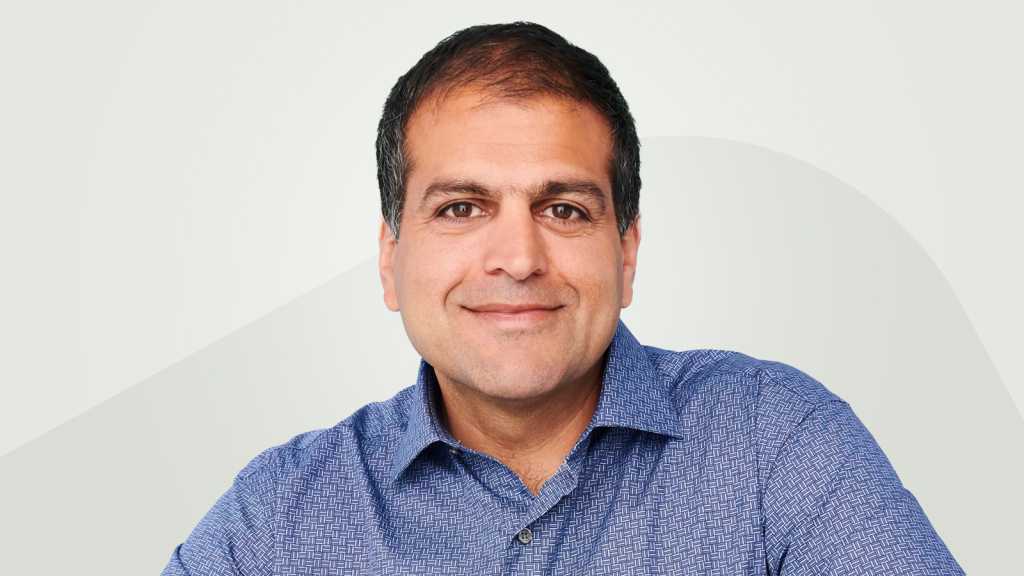- Samsung is selling the popular Frame TV with a free bezel for up to $1,800 off
- Dell wants to be your one-stop shop for enterprise AI infrastructure
- I thought my favorite browser blocked trackers but this free privacy tool proved me wrong
- PwCのCITO(最高情報技術責任者)が語る「CIOの魅力」とは
- Best Roborock vacuums 2025: After testing multiple models, these are the top ones
2023 CIO Hall of Fame inductees on building a successful IT leadership career

He credits several strategies for his success.
Curiosity tops his list. “I enjoy learning new things, so when something new shows up, I’m learning about it and asking if it applies,” he says.
The desire to build new skills is also high on that list of success strategies. Koushik says he was deliberate about making career moves that gave him opportunities to grow. For example, he joined Nationwide, where he served as senior vice president, CIO, and CTO, “to build new muscle,” where he would lead a much larger team and where he would “implement and really live with the technology.”
At the same time, he cautions against jumping around too much, advising rising professionals to find a happy medium between switching jobs every few months and staying in the same place for decades. For example, he advises spending enough time at a position to learn new skills and apply them, a process that typically takes a few years.
He also recommends professionals plan ahead — Koushik typically looks out three years — and find mentors who can offer guidance.
Ghada M. Ijam, CIO, Federal Reserve System
Ghada Ijam admits she stumbled into IT. After earning a bachelor’s degree in civil engineering, she landed a job as a business technology analyst with Fannie Mae and quickly found that IT work suited her.
Ghada M. Ijam, CIO, Federal Reserve System
Federal Reserve System
“I realized it was all about solving problems and solving problems through technology,” she says.
She also liked collaborating with others to create solutions, and she realized she had a natural talent for bringing people together and leading teams. That, in turn, got her increasingly important assignments with bigger problems to solve.
Over time, Ijam set her sights on becoming a CIO, seeing the role as one that perfectly leveraged her combination of skills.
“I only stumbled once into IT, and everything else was then planned next-steps,” she says.
As a result, Ijam has held roles of increasing authority, moving from her first position at Fannie Mae onto jobs at Intel and Freddie Mac and then Amtrak, where she eventually became CIO. She is now CIO of the Federal Reserve System.
Ijam says she has learned a number of important lessons along the way.
First is the importance of being empathetic to others and listening to what stakeholders have to say — two things that help IT professionals connect the dots and devise validated plans, Ijam says.
Second is “learning by doing and by watching how other successful leaders operate, seeing what to do and what not to do, and having the ability to apply what you observe,” she says.
Third, that being adaptable and “being humble enough to learn from mistakes” are also critical for advancing into the executive ranks.
So is the willingness to step up when asked. Ijam says if offered a hard problem to solve, IT leaders and aspiring IT leaders should leap at the chance to do so — even if you don’t yet have all the skills needed for the task. “Know what you have and what you need to learn,” Ijam says.
Ijam also stresses the importance of building strong, sincere relationships with those you are trying to help and with those who help you get the work done.
Sheila Jordan, SVP and Chief Digital Technology Officer, Honeywell
Sheila Jordan concluded early in her career that technology is “a growth engine” — just as much as marketing and sales are. That was back in the 1990s, when she was working at Walt Disney World in sales and marketing (first as a VP and then SVP), where she led the company’s first customer relationship management (CRM) system implementation.

Sheila Jordan, SVP and Chief Digital Technology Officer, Honeywell
Honeywell
Jordan, now senior vice president and chief digital technology officer at Honeywell, says the “responsibility to bring technology to the business that can deliver value, either through productivity or growth,” remained a constant through the years and it’s still true today.
Jordan says other skills have also helped her build a successful career. She cites the ability to communicate effectively and to speak to all different audiences on their levels as critical skills. She also cites the ability to prioritize IT investments against expected returns, saying that “you have to be able to look at both sides: the investment side versus the impact.”
Jordan, who early on had aspired to leadership roles, was thoughtful about advancing her career — a strategy she recommends to others.
“Be planful; know what you want to do. Decide on the job you want to do in three years, then determine what your gaps are and the ways to get closure on those gaps,” she says, while also stressing the need to be open to unexpected opportunities.
“There are times when someone will tap you on your shoulder and say, ‘I want you to go do this.’ It’s those turns that grow you the most,” she says, adding that the four such opportunities she had encountered — and took — helped propel her advancement.
Barbara Cooper-Jones, CIO, Ginnie Mae
Barbara Cooper-Jones had majored in accounting in the 1970s but quickly became fascinated more by the computer systems being used than the numbers themselves. She started writing “pseudo code to give to developers, testing and reviewing code” and eventually moved into project management.

Barbara Cooper-Jones, CIO, Ginnie Mae
Ginnie Mae
Cooper-Jones found herself interested in “whatever was new and hot,” especially with respect to data and systems, and was always seeking to learn about emerging technologies as quickly as possible and thinking about how to put them to use.
All that, she says, drove her career forward, from an early-career role as a systems analyst to her current job as CIO of Ginnie Mae.
Cooper-Jones says every step along the way has been important, as each one enabled her to develop skills she could use to advance not just her career but her contributions.
“It was about how can I move an organization to where it needs to be and how can I leverage my skills, talent, and expertise to do that. That was the opportunity I was looking for; I didn’t really care what they called the position,” she explains.
Cooper-Jones points to how she was brought into Ginnie Mae as case in point: A former co-worker who was working at Ginnie Mae asked her to join the organization, saying she knew Cooper-Jones had a lot to contribute. “She knew I was a strong technology person, a strong data person.”
Cooper-Jones joined as a senior technology leader and became its CIO about six months later when the position opened up.
Cooper-Jones says she then put all her experiences to work, noting success as a CIO requires understanding the organization’s objectives, knowing what the customers need (not just what they say they want), making strategic hires, nurturing relationships, and always being able to execute and deliver.
Jim Fowler, EVP and Chief Technology Officer, Nationwide
Jim Fowler had an early introduction to technology’s transformative power: As a high school student, he had helped his father, a small-town pharmacist, implement a computer system that “completely transformed his business from a paper-run one to a digital business overnight.”

Jim Fowler, EVP and Chief Technology Officer, Nationwide
Nationwide
It’s an insight that he says has served him well throughout his career, the start of which found Fowler focused on becoming a subject matter expert in operating systems and infrastructure architecture.
As he advanced, Fowler honed other skills, such as communicating clearly, influencing others, building a strategic vision, getting people to follow his vision, and understanding how business operates — a path that prepared him to lead.
“I found that I had the skills to be a CIO,” he says. “I don’t think I could be a good CIO if I first didn’t do all the other different functions within the company.”
Fowler now advises aspiring professionals to follow a similar route.
“Be the subject matter expert in something where people rely on you. It doesn’t matter what; it’s a starting point that you can build every other capability off of. Then go wide, not just from a tech perspective but from a business perspective,” he says.
Fowler, like others, also stresses the importance of stepping up when called on.
He points to two moments in his career when he took a job nobody else wanted; both were turning points because they allowed him to showcase skills, develop new ones, and prove himself as a leader.
Don’t let doubt stand in the way of such roles, he says, adding that “if you don’t feel like an imposter in a role, you’re not learning anything; you’re not building your skills and abilities.”
Chris Bedi, Chief Digital Information Officer, ServiceNow
Chris Bedi entered professional work aiming to solve problems and find ways to make people’s lives better.

Chris Bedi, Chief Digital Information Officer, ServiceNow
ServiceNow
“I kept doing more of that, and the titles and everything just followed,” says Bedi, who is now chief digital information officer at ServiceNow.
“As tech became more important to companies, it coincided with my ambition to do relevant things for the companies I was at. I always thought, and now it’s part of the regular parlance, that IT needs to deliver business outcomes. So I always showed up with really interesting metrics that mattered to the company,” he says.
Bedi also credits some career detours for helping him advance to the executive ranks.
“At Verisign, I was tapped on the shoulder by the CFO to run HR operations. My initial reaction was, ‘What did I do wrong?’ And then I thought, if the CFO was asking me to do something, the only answer is yes,” he says, adding that he learned that the CFO tapped him for the role because of his ability to run effective operations, motivate people, and get teams to focus on what really matters.
That HR work, Bedi says, gave him an opportunity to execute a turnaround — a key experience for any exec to add to the resume.
Bedi says he was also asked to run a divestiture strategy while at Verisign — another move that had him “jumping into the deep end of the pool,” yet one that also helped him build and sharpen his skills around P&L strategies and market valuations.
“The opportunity to take those detours to become a more well-rounded executive and build a broader base of skills were super critical,” he says. “There are brand-enhancing moments where you’re given an opportunity and you just have to step up and take them. Even if you only know one-third of the answers, bet on yourself and you’ll figure the rest out.”

